When it comes to cycling, safety should always be a top priority. One of the most essential pieces of gear for staying visible and protected on the road is a safety jacket. With so many options available, choosing the right jacket can feel overwhelming, but understanding your needs and the features to look for can make the process much simpler.
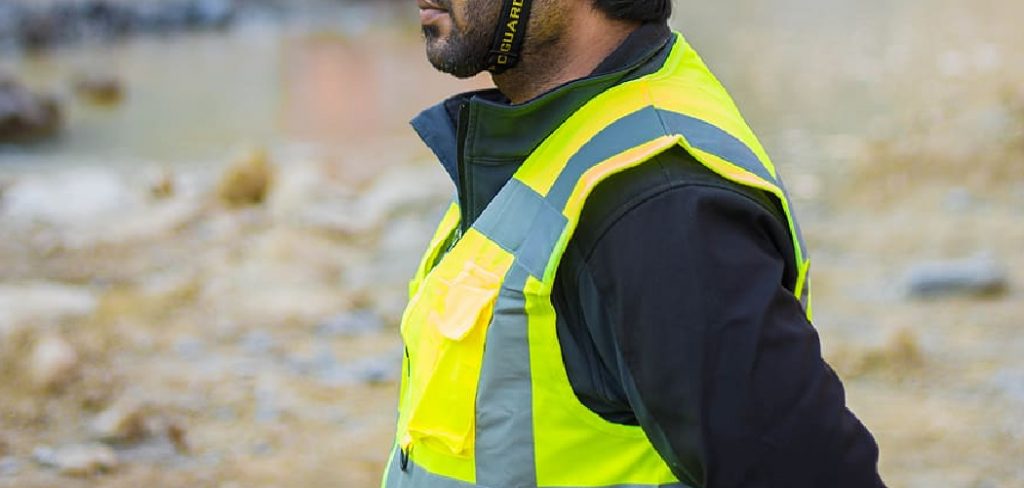
This guide explores the key aspects of how to choose a safety jacket for cycling. The right safety jacket not only enhances visibility in low-light conditions but also provides comfort and protection from the elements during your ride.
The Importance of a Safety Jacket for Cyclists
A safety jacket is an indispensable piece of gear for cyclists, particularly those who ride in urban environments, during early mornings, or at night. Its primary function is to enhance visibility, ensuring that motorists and pedestrians can easily spot the cyclist, reducing the risk of accidents. Safety jackets often come with reflective materials or high-visibility colors like neon yellow, orange, or green, which stand out even in low-light conditions or poor weather.
Additionally, these jackets can provide a layer of protection against wind, rain, and chilly temperatures, ensuring the cyclist stays comfortable throughout their ride. By combining practicality, safety, and comfort, a quality safety jacket is essential for anyone looking to prioritize their safety on the road.
10 Methods How to Choose a Safety Jacket for Cycling
1. Prioritize High Visibility
Visibility is paramount for cyclists sharing roads with motor vehicles. A high-visibility safety jacket in fluorescent shades like neon yellow, bright orange, or vivid green significantly enhances your presence to drivers and pedestrians. Opt for jackets with integrated reflective strips or panels strategically placed on the front, back, and sleeves.
These reflective features are indispensable during low-light conditions or nighttime cycling, acting as an added layer of protection by ensuring you are seen from all angles.
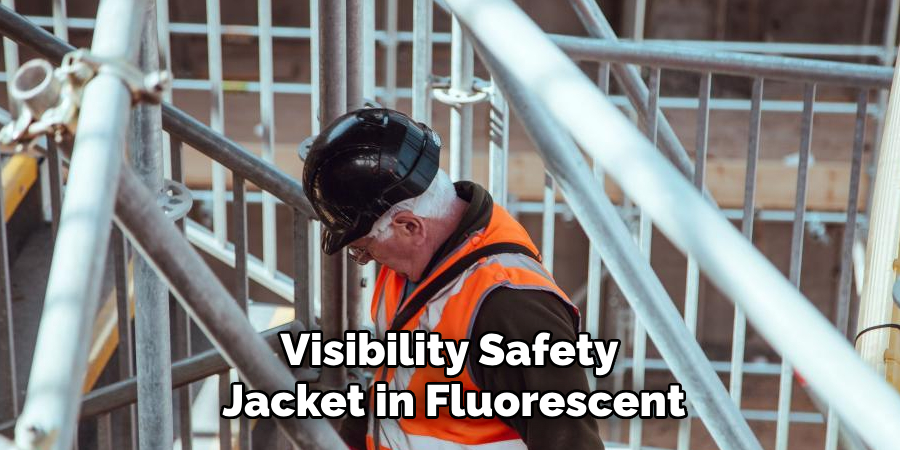
2. Choose Weather-Resistant Materials
Cycling often exposes you to varying weather conditions, making weather-resistant materials essential. Invest in jackets made from waterproof or water-resistant fabrics to protect against unexpected rain showers. Windproof materials are equally crucial, particularly in cooler climates or during breezy rides, as they block out cold air.
Look for options with breathable membranes, which allow sweat to escape while keeping external moisture out, maintaining a comfortable interior climate.
3. Evaluate Fit and Mobility
A well-fitted safety jacket is integral to achieving optimal comfort and performance. The jacket should offer a snug fit without being overly restrictive, enabling full freedom of movement. Prioritize designs with ergonomic features, such as articulated sleeves that move naturally with your arms and extended backs to accommodate a cyclist’s forward-leaning posture.
Adjustable cuffs and hems help customize the fit, preventing wind from creeping in or the jacket from shifting during intense rides.
4. Consider Lightweight Options
Lightweight jackets are particularly advantageous for cyclists, as they reduce the burden on your ride while remaining easy to pack. Look for compact, packable designs that fold neatly into their own pocket or a small pouch. This feature is ideal for unpredictable weather, allowing you to stow the jacket conveniently when not in use and quickly deploy it when conditions change.
5. Check for Breathability
Cycling is a physically demanding activity that generates heat and sweat, making breathability a critical consideration. Jackets with ventilation features such as underarm zippers, back vents, or perforated panels promote airflow and prevent overheating. Fabrics designed to wick moisture away from your skin keep you dry and comfortable, even during vigorous rides.
This balance of ventilation and moisture management is especially important for long-distance cyclists.
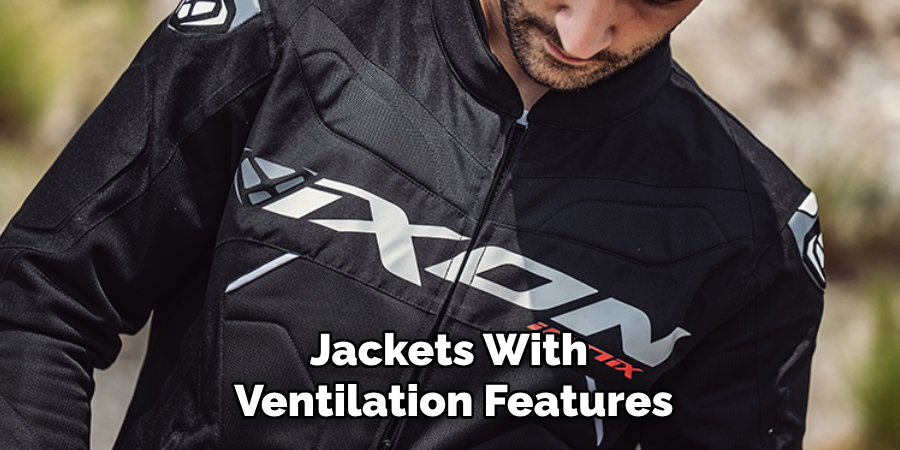
6. Inspect Storage Options
Storage options on a cycling jacket can significantly enhance its practicality. Look for models with secure, zippered pockets to safely store small essentials like keys, energy bars, or a smartphone. Rear pockets are particularly cyclist-friendly, as they provide easy access while riding. Ensure that these pockets are spacious enough for your needs but do not compromise the jacket’s streamlined fit.
7. Examine Closure Systems
Closure systems on a cycling jacket play a vital role in protection and usability. Full-length zippers with storm flaps are effective at sealing out wind and rain while allowing for quick adjustments. Jackets with two-way zippers provide added versatility, enabling you to control ventilation by unzipping from the bottom. Additionally, Velcro straps or elastic closures at the cuffs and collar enhance the fit and keep cold air or rain from entering.
8. Opt for Durable Construction
Durability is a key feature in a safety jacket, especially for frequent or intense cyclists. Pay attention to the quality of seams and stitching, as these are indicators of overall craftsmanship. Jackets with reinforced areas, such as at the shoulders or elbows, are better equipped to handle regular use and abrasion. Durable materials also ensure that the jacket’s reflective elements and weather-resistant coatings remain functional over time.
9. Check Compatibility with Layers
A versatile safety jacket should accommodate various layers to adapt to changing temperatures. Look for a design that allows for comfortable layering, whether it’s a lightweight jersey for summer or thermal wear for winter. Jackets with removable liners or zip-off sleeves offer added adaptability, making them suitable for a wide range of conditions without the need for multiple jackets.
10. Balance Cost and Features
While budget constraints are a reality for most, it’s important to prioritize features that enhance safety and functionality over cost alone. Higher-priced jackets often incorporate advanced technologies such as reflective detailing, superior waterproofing, and lightweight, durable materials. Investing in a high-quality jacket may prove more economical in the long run by providing lasting performance and protection.
Compare brands and models to find the best combination of value and features to suit your specific needs.
Maintenance and Upkeep
Proper maintenance of your safety jacket ensures its longevity and continued performance. Follow these key steps to keep your jacket in top condition:
Regular Cleaning
Dirt, grime, and sweat can accumulate over time, reducing the jacket’s visibility and breathability. Always check the care label for specific washing instructions. Use mild detergents and avoid bleach or fabric softeners, as these can damage reflective elements and waterproof coatings. Hand washing or using a delicate cycle is recommended for most jackets.
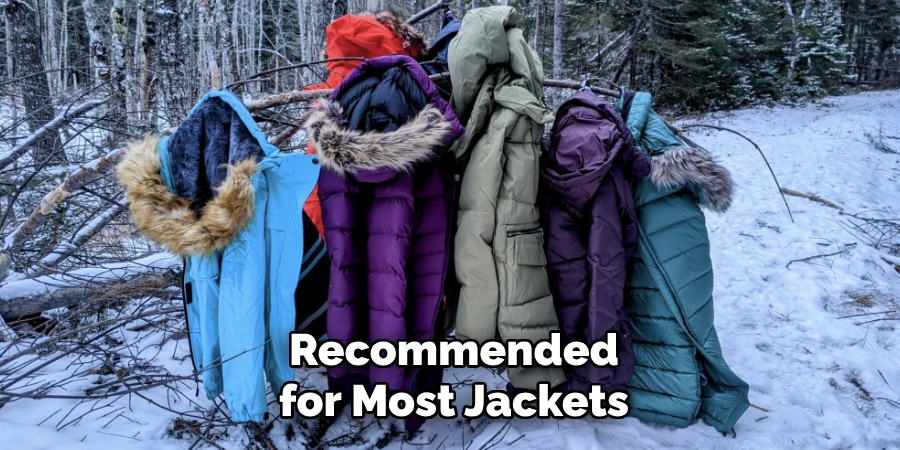
Protect Waterproofing
To maintain the jacket’s water-resistant properties, reapply a durable water-repellent (DWR) treatment periodically. This can be done after multiple washes or when you notice water is no longer beading on the surface. Spray-on or wash-in DWR treatments are widely available and easy to use.
Inspect for Damage
Regularly check for signs of wear and tear, such as frayed seams, broken zippers, or peeling reflective strips. Promptly repair minor issues to prevent further damage. Many manufacturers or outdoor stores offer repair kits or services for cycling gear.
Proper Storage
Store your jacket in a cool, dry place away from direct sunlight, as prolonged UV exposure can degrade materials and reflective details. Avoid folding or compressing it for extended periods to preserve its shape and functionality. If your jacket is packable, use the designated pouch or pocket for storage.
Handle with Care
Avoid exposing your jacket to harsh chemicals, excessive heat, or abrasive surfaces, as these can compromise its durability. When not in use, hang the jacket to prevent unnecessary creases and ensure it remains in good condition.
Common Mistakes to Avoid
When selecting and maintaining a safety jacket, it’s crucial to steer clear of common errors that can compromise its functionality and lifespan. Here are some frequent mistakes to watch out for:
1. Ignoring Fit and Comfort
Choosing a jacket without considering proper fit can lead to discomfort and reduced performance. A jacket that is too tight may restrict movement, while one that is too loose can flap in the wind and create unnecessary drag. Always try on jackets and test them in cycling positions to ensure they meet your needs.
2. Overlooking Visibility Features
Many cyclists prioritize style over safety, neglecting reflective elements or bright colors that enhance visibility. This oversight can increase the risk of accidents, especially in low-light or high-traffic conditions. Always prioritize jackets with high-visibility designs to stay safe on the road.
3. Skipping Breathability Options
Opting for jackets without proper ventilation can quickly lead to overheating and discomfort, particularly during intense activities. Neglecting breathability may make your rides less enjoyable and could discourage you from wearing the jacket altogether.
4. Buying Based on Price Alone
Purchasing a jacket solely because it is inexpensive often results in poor quality and reduced durability. While cost is an important factor, prioritize essential features like weather resistance, breathability, and visibility over a low price tag.
5. Neglecting Maintenance
Failing to regularly clean and maintain your jacket can diminish its water-resistance and reflective properties. Dirty or poorly maintained jackets may also lose their aesthetic appeal and functionality more quickly. Commit to routine upkeep to maximize the lifespan of your gear.
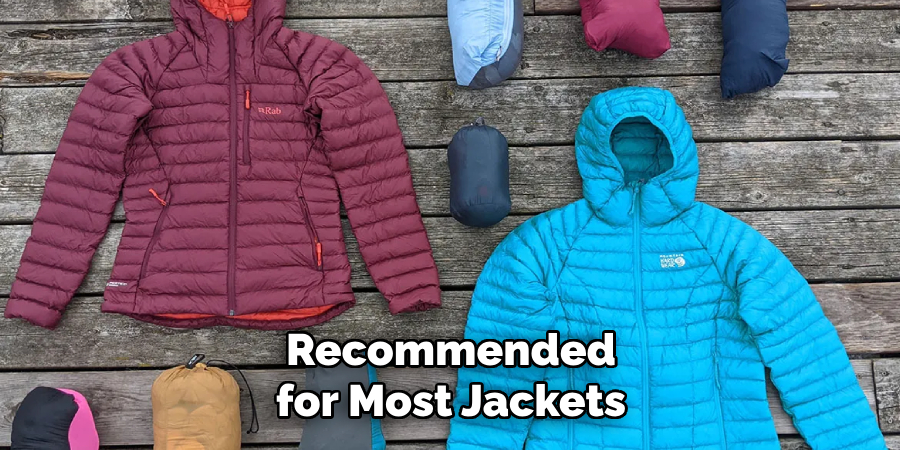
Conclusion
Investing in a high-quality safety jacket is essential for ensuring comfort, protection, and visibility during your cycling adventures. By carefully considering factors such as fit, visibility, breathability, and durability, you can select a jacket that meets your specific needs and enhances your overall experience on the road. Thanks for reading, and we hope this has given you some inspiration on how to choose a safety jacket for cycling!
About
Safety Fic is a distinguished figure in the world of Diy design, with a decade of expertise creating innovative and sustainable Diy solutions. His professional focus lies in merging traditional craftsmanship with modern manufacturing techniques, fostering designs that are both practical and environmentally conscious. As the author of diy, Safety Fic delves into the art and science of Safety Fic-making, inspiring artisans and industry professionals alike.
Education RMIT University
(Melbourne, Australia) Associate Degree in Design (Safety Fic) Focus on sustainable design, industry-driven projects, and practical craftsmanship. Gained hands-on experience with traditional and digital manufacturing tools, such as CAD and CNC software.
Nottingham Trent University
(United Kingdom) Bachelor’s in diyfastly.com and Product Design (Honors) Specialized in product design with a focus on blending creativity with production techniques. Participated in industry projects, working with companies like John Lewis and Vitsoe to gain real-world insights.
Publications and Impact
In diy, Safety Fic his insights on indoor design processes, materials, and strategies for efficient production. His writing bridges the gap between artisan knowledge and modern industry needs, making it a must-read for both budding designers and seasoned professionals.
